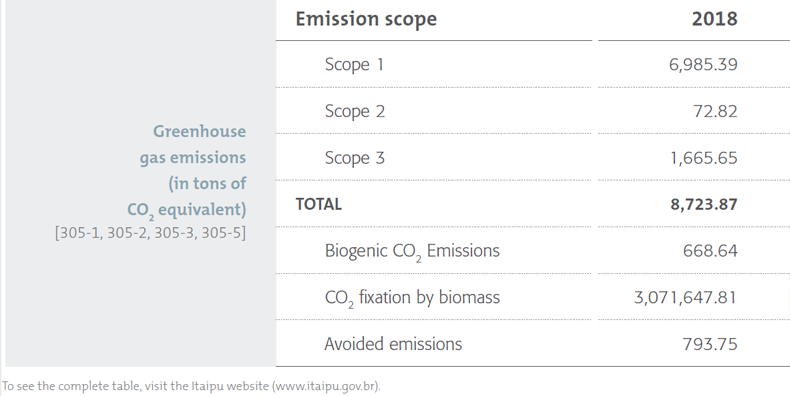Energy and water are the core business of Itaipu and its management strategy considers its sustainability actions. At the Conference of the Parties to the United Nations Climate Convention (COP 24), held in December in Poland, the company was the only Latin American to exhibit in the United Nations Framework Convention on Climate Change (UNFCCC) pavilion.
One of the highlights, which has a direct relationship with the theme, was the partnership with the Department of Economic and Social Affairs of the United Nations (UNDESA), called the Sustainable Water and Energy Solutions Network. It expands the opportunities for recognizing the actions developed on the border between Brazil and Paraguay and its connections to promote the SDG.
A study conducted in 2013 by Eletrobras, together with Brazilian research institutions, in compliance to the project “Monitoring of greenhouse gas emissions in hydroelectric power plants reservoirs” of ANEEL, quantified the amount of Greenhouse gases (GHG) emitted or sequestrated by the Itaipu plant reservoir. By adding the emissions recorded in the research results to the total emissions of Itaipu scope 1, 2 and 3 (table below), it was found that the carbon sequestration due to the fixation in the biomass of the protection range and the biological refuges are approximately 30 times the total emissions.
In order to reinforce the commitment to mitigating actions that contribute to the effects of global climate change, Itaipu renewed its declaration with Eletrobras for Horizon 2016-2020.
There are annual absolute and relative targets for items covered by the three scopes of the GHG Protocol Brazil. These items seek to reduce the consumption of electricity, fossil fuels in the entity’s vehicles and distances traveled by employees and visitors on flights contracted on line planes. In the table below are the results of the GHG inventory.


 Português
Português
 Español
Español
